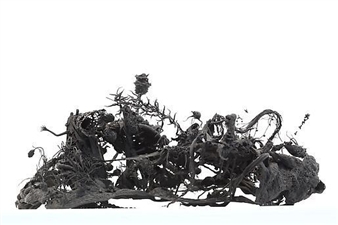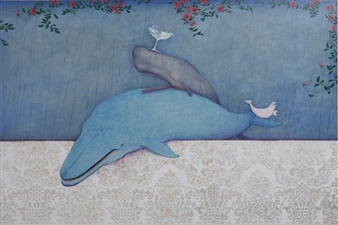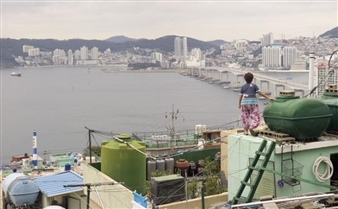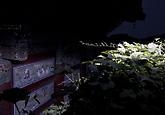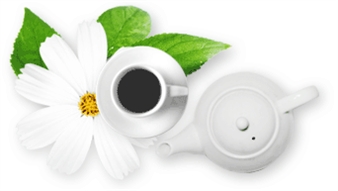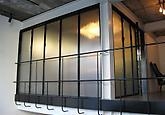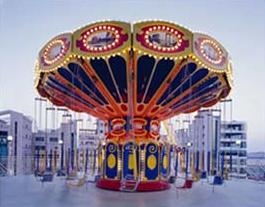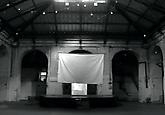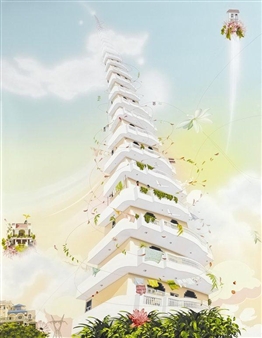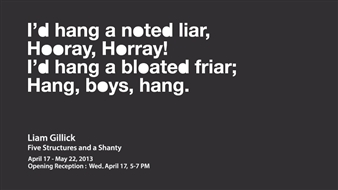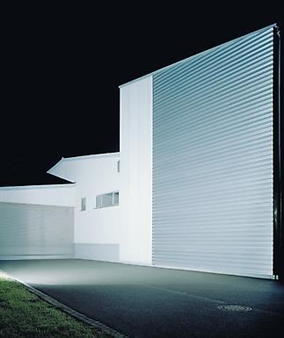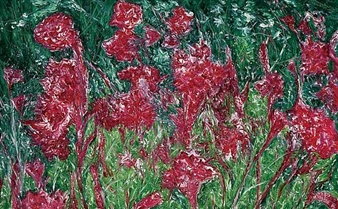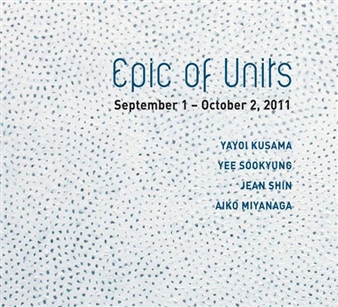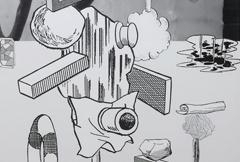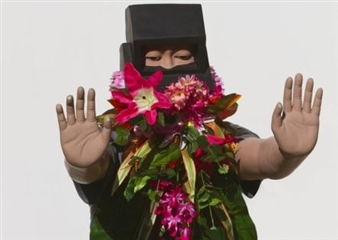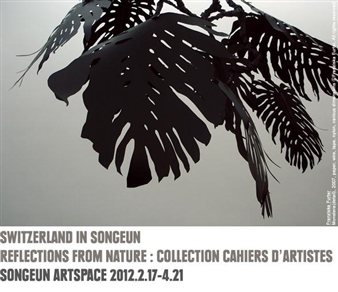Fantasy makers_Fashion & Art

Daegu Art Museum , Taegu-jikhalsi, Daegu, 02/28/2017 - 05/28/2017
40 Misulgwan-ro, Suseong-gu
Fantasy makers _ Fashion and Art
Fashion is the most fundamental desire of human beings, and the modern fashion is creating unique images by catering to the needs of those in today’s world that pursue their own individuality and creativity. costumes for haute-couture – and not prêt-à-porter, the fashion for the general public - are exhibited as pure artworks. Haute-couture of the modern fashion is evolving with numerous commonalities with features of the art world for: not being practical but merely for appreciation; falling into the areas of using visual perception; and being stereotyped as the possessions of the upper class.
This exhibition mostly focuses on pure creativity found in the two domains – fashion and art – and the factors that stimulate fantasies of human beings created through creatures, expecting to guide one into the world of subconsciousness in humans through fantasies. That the world of imagination which can be empathized with indirect experiences alone – the imaginary that exist – fulfills humans’ psychological desire in many ways is intended to be introduced through the artworks.
Haute Couture
Fashion in the modern world pursues the ultimate beauty, constantly admiring art. costumes of haute couture – a manifestation of designers’ creative ideas and individuality non-prêt-à-porter – suggest possibilities that art and fashion can create a fabulous harmony. Creative attempts of fashion are introduced in the category of art, being recognized as successful curatorship of global art museums and introduced in large exhibition halls. When an exhibition is showcased not as fashion but art, the audience might find it amazing and seriously view the exhibits as artworks. Regardless of the intent, haute couture is recognized as the world’s only pure creations as well as what is magnificent and unrealistic, while being evaluated based on its artistic value. For instance, Henrik Vibskov (1972~. Denmark) known as an artist that broken the boundaries of fashion and art has his sculptural artworks appearing as the background along with fashion, which blur the line between fashion and art as the two are introduced in a single spot: a runway filled up with water or models on the catwalk between unfathomable sculptures is analogous to a fashion show instead of a performance. Modern fashion gurus that are infatuated with limited editions - Dior and Andy, Comme des Garçons and Ài Wèiwèi, Stella McCartney and Jeff Koons, Louis Vuitton and Takashi Murakami, Yayoi Kusama and Richard Prince – desire what is unique and individualistic. Coming up with this new desire by designers and artists creates visual media which can be connected to the world of third fantasies, and the magnificent colors and forms they create induce one to imagine another world that exists in our dreams and subconsciousness. Albeit impossible in the real world, everything can be owned in the world of fantasies – an essential element in perennial possession in heart or art. Likewise in fashion, imagining oneself wearing and possessing the clothes, being satisfied with it is made possible in fantasies. If one wants to show anything creative in products or artworks, he or she must realize that these are evaluated based on the purpose of their creation. It boils down to curatorship and areas of focus, which might distinguish between products and artworks. However, what is critical in distinction is to check out if what lies in front gives some stimulation or touches one’s heart.
* Haute Couture: high-end fashion
It is a French word for ‘high dressmaking’, especially high dressmaking for women’s clothes. Its synonym in English is ‘high fashion’. It is not mass produced with a top priority on artistic values – unlike ready-made clothes – being introduced in a showcase and considered as artworks recently.
* Henrik Vipskov, 1972~, Denmark: creative and experimental designer and artist
He is a multi-creator engaged in creative activities in multifaceted areas, ranging from not only pure artworks – photography, installation, video and performance – but also set design, costumes for movies, set design and costumes for performance in various genres. He is also a a drummer in ‘Trentemoller’, an European electronic music band.
What if everything visually felt is new...
The set, costumes and characters appearing in “Alice in Wonderland”, a charming film directed by Tim Burton released in 2010 manifest the ultimate value of visual imagination for human beings. This video of a fresh shock derived from seeing and feeling what is unexpected magnificently visualizes a mesmerizing fantasy. Thus, the audience would feel as if that world exists in life, experiencing the new world by being assimilated with what is happening in the world. This video being unrealistic and magnificent invites the audience into the work, encouraging the audience to be empathetic with such sentiments as joy and sadness, anxiety and fear or anger and fall into the world of virtual reality. The movie offers a fresh and pleasant stimulation to humans’ desire for what is new - excitement and tension from traveling in a strange place. Art draws a more contemplative approach that a video – the easiest and fastest form of understanding. New existences in art – the subjects of creations – are only derived from an artist, and their value is even created by the artist. Usually artists – though not all – tend to convey to viewers’ sight and emotions instead of directly explaining artworks through stories or summaries so that the subjects of interpretation could be the individual viewers. Upon encountering new moments when everything in sight is new, we mobilize curiosity and imagination, and start to mull over the hidden implications.
* Alice in Wonderland: a movie released in 2010 (109 minutes)
A movie made using digital technologies as a blend of live action and animation
Director: Tim Burton
Principal cast: Mia Wasikowska, Johnny Depp, Helena Bonham Carter, Anne Hathaway
Original works: <Alice's Adventures in Wonderland> and < Alice Through the Looking Glass> - novels by Lewis Carroll
Costume: Symbols of What One Wears
Costumes as the objects that appear in art are means to not only represent the status of characters that appear but also express the image and psychological states of one’s self. In the ancient age with a clear distinction of social classes, costumes in the Joseon period in Korea were the customary symbol to represent the status of human beings. Costumes in <On the Waterfront>(1954) directed by Elia Kazan where the labor class including wharf workers symbolize the class of laborers through rough and shabby clothes. Modern costumes serve as means to express individuality of characters. The toothbrush mustache, a bamboo cane, baggy pants, a tight coat and big shoes of Charles Chaplin are the metaphors of a lowly class and a unique character. Costumes in movies or musicals are analyzed based on such criteria as contemporaneousness, class, gender, age, color and accessory to consider if they cater to the features. Given this, costumes in art are applied as symbolic media where what messages to convey is contemplated based on such features. Intent of an artist is reflected here.
‘Customs’ and ‘costumes’ with the same taxonomic features of specific times and regions refer to clothes with particular features. However, costumes are imposed of the role as a symbolic material, and can be interpreted as instruments to convey meanings instead of the concept of clothes.
* <On the Waterfront, 1954, U.S.> directed by Alia Kazan: a black-and-white movie starring Marlon Brando. The documentary-style film winning the Oscar for Best Picture, Best Director and Best Screenplay Awards, realistically expressing violence and justice in an uncivilized area
* Charles Chaplin (1889~1977, movie actor and director, U.K.) _ As a British comedian and producer whose image symbolizes his representation for the underprivileged, he is the iconic comedian who showed humor with significant meanings attached by saying, “'Life is a tragedy when seen in close-up, but a comedy in long-shot.”
Unlike the pre-industrial revolution period when technologies were starkly distinguished from art, attempts for psychics pursued in art are not confined to art but adopted in diverse domains. That globally large art museums have recently organized exhibitions curated with works of fashion designers instead of masterpieces is a prime example to reveal the flow of art in the age of convergence. Today’s art gradually seeks for mass appeal while design pursues artistic values, inevitably resulting in blurry boundaries between the two. In the perspective that the two domains are ‘creations of fantasies generated by the imagination of humans’, if creativity in artistic fashion is a fantasy of a visual approach, artworks create contemplative approaches. Those that invite people to the world of liberal expressions by mobilizing any sensorial methods and the world of fantasies they bring about are romantic without any restrictions in forms, and endlessly free-spirited. Fantasies are the foundation of creative work and permanently ongoing beyond time and space.
For More Information